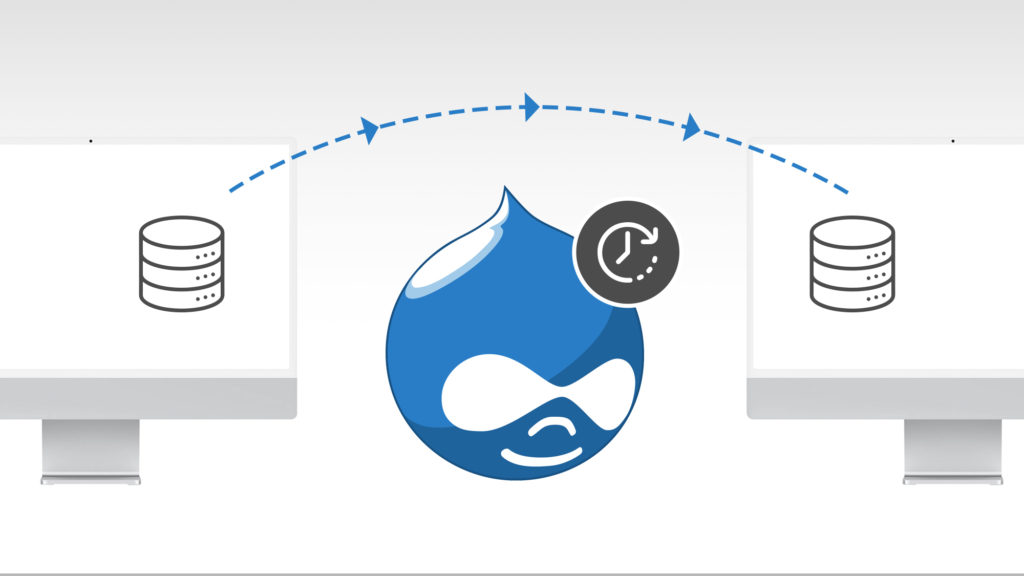3 Reasons You Shouldn’t Wait to Migrate from Drupal 7
It happened. As many were expecting, the Drupal Association announced the extension of Drupal 7’s end-of-life to January 5, 2025 at the outset of DrupalCon Pittsburgh on June 5, 2023.
The announcement was greeted with a sigh of relief from the approximately 50% of Drupal website owners who still use Drupal 7.

Drupal 7 was first introduced on January 5, 2011. Its new EOL date will give it a total lifespan of exactly 14 years—far longer than most versions. This is a result of the sea change that occurred between D7 and 8 in terms of the codebase, meaning that advancing to any newer version meant a wholesale migration rather than a simple upgrade.
With a year and a half to go until Drupal 7 is no longer supported, you might think the pressure is off as far as migrating to the latest version (now Drupal 10). However, there are several reasons why you don’t want to wait until the last possible moment before planning your exit strategy from D7.
1. Your website is already a liability.
Just because Drupal 7 will technically be supported until January 2025 doesn’t mean it’ll be prioritized. As of August 1, 2023, the Drupal security team may choose to publicly post moderately critical and less critical issues affecting Drupal 7 in the public issue queue for resolution, as long as they are not mass-exploitable. Security risks deemed medium-to-low risk will likely not be prioritized, which may lead to a less well-performing site.
Some Drupal 7 modules, such as Oracle’s AddThis Social Share, have already reached the end of their lives. Google Analytics has announced end-of-life for one of its supported technologies, and it’s uncertain how long the D7 version of Analytics is going to be available. A content management system is a collection of moving parts, and as those parts start to be neglected a D7 site is going to become more and more of a liability—especially for more complex sites.
2. Migration might take longer than you think.
How long migrating your site will take will depend on many factors, but as a rule the larger, more complex your site is, the longer the process will take. If a site has significant custom code and integration with other systems, the process is likely to be complex and lengthy. A four- to eight-week migration might be expected for a simpler site, but if you’re a large government agency with a complex site, you’re looking at months or even over a year.
An extreme example of this is a large federal agency we recently completed a migration for, which took over three years to complete. This was a particularly complex site with over 25 gigabytes worth of files and over 700,000 nodes, which required several million edits in total. While most migrations are not as time-consuming as this, large organizations with complex websites shouldn’t assume that their migration will be done and dusted in a month or two.
3. It makes no sense to invest in an outdated CMS.
Maintaining a well-oiled, up-to-date website requires consistent maintenance. Custom modules need updating. Visual elements need to be refreshed. Libraries need cleaning up. Websites take work to keep secure, modern, and user-friendly, but if you’re still operating on an effectively obsolete CMS like Drupal 7, investing in such changes without migrating to the latest platform is a waste of time and money.
Migrating to the latest version of Drupal is the perfect opportunity to invest in those new features and new designs you’ve been thinking about but have been putting off because you’re operating on an outdated CMS. Starting that process now also means you have the time to develop and implement a design strategy as well as a migration strategy so that you end up with a modern site that looks and functions exactly how you want it to.
Long story short, a year and a half might seem like breathing room for your Drupal 7 site, but the time it buys you isn’t really quality time given your shrinking options on D7, nor is it necessarily much more time than your eventual migration will take. As always, it pays to be proactive.


